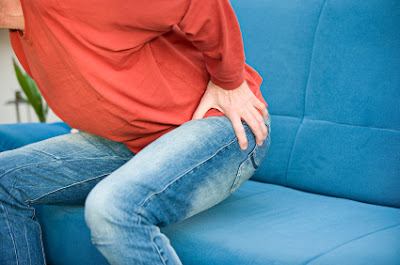Monitor young pitchers count, types thrown:
-
Dr. Padley
As durable as children are, injuries in
young athletes are on the rise.
Thousands of children are seen each year by health-care providers for
elbow or shoulder pain. It’s critical
that parents and coaches monitor their sports-related activities.
For
young pitchers, proper form and technique need to be monitored, as well as the
number of pitches thrown. If a young
pitcher is throwing improperly, too much, too early and without proper rest,
serious elbow or shoulder injuries may occur.
To protect kids from overuse injuries, guidelines have been recommended
for the number of pitches baseball players should throw, based on age. This also needs to be monitored closely by
the parents and totaled together if a child plays on more than one team at a time.
Pitch types require monitoring, as
well. When kids are still physically
developing, advanced pitch types, such as screwballs and sliders, can lead to
damage and injury to joints, ligaments and growth plates. These types of injuries, if ignored, can
potentially cause significant or permanent damage. As young athletes mature physically, their
elbows and shoulders can handle more.
Common symptoms of throwing injuries
include continued pain, swelling, bruising, weakness and a “dead arm” feeling.
Other overuse signs include loss in
velocity, control and endurance. If any
of these symptoms appear, make sure your child gets plenty of rest. Ice and ibuprofen can help with soreness and
inflammation.
If symptoms persist, contact your child’s
healthcare provider for a thorough examination.
Pitch count by age per
game Pitch
type by age
Age 7-8: 50 Fastball:
8
Age 9-10: 75 Change-up:
10
Age 11-12: 85 Curveball:
14
Age 13-16: 95 Knuckleball:
15
Age 17-18: 105 Slider/Forkball:
16
Screwball:
17






